On the morning of November 13, the National Assembly voted to pass the Resolution on the socio -economic development plan for 2026 with 429/433 National Assembly deputies present in favor (90.51% of the total number of National Assembly deputies).
With this Resolution, the National Assembly set the growth rate of gross domestic product (GDP) in 2026 to strive to reach over 10%; GDP per capita to reach 5,400-5,500 USD.
According to the resolution recently passed by the National Assembly, the average growth rate of the consumer price index (CPI) is about 4.5%; the average growth rate of social labor productivity is about 8.5%; the rate of workers with degrees and certificates is about 29.5%.
Effective management of gold, real estate and stock markets
In 2026, the National Assembly determined to prioritize promoting growth on the basis of maintaining macroeconomic stability, controlling inflation, and ensuring major balances.
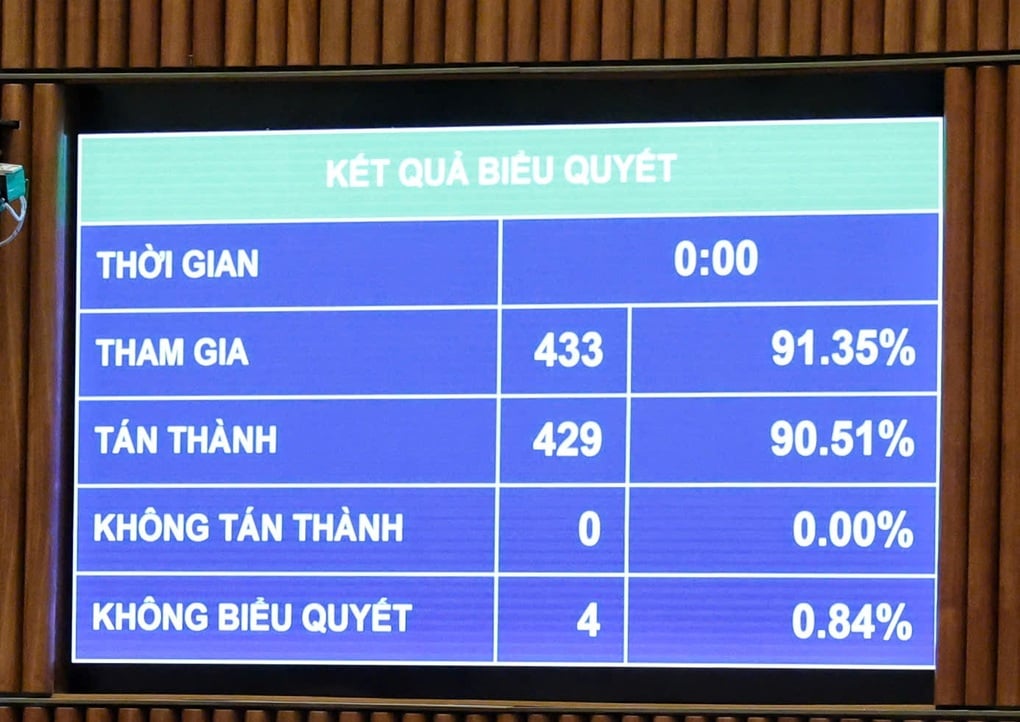
Percentage of National Assembly deputies voting to pass the Resolution on the 2026 socio-economic development plan (Photo: Hong Phong).
The National Assembly noted the need to direct credit flows into production and business sectors, priority sectors, and economic growth drivers; control credit in potentially risky sectors; and effectively manage the gold market, real estate market, and stock market.
The National Assembly also thoroughly implemented thrift and cut unnecessary expenditures to increase investment in key projects and social security spending; took advantage of public debt and deficit to mobilize resources for investment, including issuing government bonds to invest in a number of key projects.
In perfecting institutions, the National Assembly oriented to continue building and perfecting mechanisms and policies for developing special economic zones in Van Don, Van Phong, Phu Quoc, free trade zones, and international financial centers in Vietnam.
The National Assembly emphasized the determination to cut and simplify administrative procedures and business regulations, and not to allow the emergence of new inappropriate and unfeasible business procedures, regulations, standards, and techniques.
“By 2026, 100% of unnecessary, conflicting, or overlapping investment and business conditions will be reduced and simplified; 100% of investment and business conditions of industries and professions not included in the list of conditional investment and business sectors and professions of the Investment Law will be abolished; 50% of the time to handle administrative procedures and 50% of the cost of complying with administrative procedures will be reduced compared to 2024,” the National Assembly resolution stated.

The National Assembly determined the growth target for 2026 to strive to reach over 10% (Illustration photo: Nam Anh).
Emphasizing the task of preventing corruption, waste, and negativity, the National Assembly strictly prohibits taking advantage of this policy to profit or interfere with or hinder the normal operations of agencies, organizations, businesses, and individuals.
Building a Project to Treat Pollution in Hanoi and Ho Chi Minh City
In perfecting the organization of the State administrative apparatus, the National Assembly directed the timely removal of difficulties and overcoming inadequacies, contradictions, and overlaps in regulations related to the operation of the new apparatus, especially at the grassroots level.
The National Assembly also requested to evaluate civil servants based on the criteria of performance results of civil servants (KPI); effectively implement the mechanism to attract high-quality human resources and policies for talented people.
Along with that, according to the National Assembly, it is necessary to tighten discipline and administrative order; resolutely and effectively overcome the situation of avoiding, shirking, and fear of responsibility among a number of civil servants.
Another important solution mentioned in the National Assembly's resolution is to focus on investment in construction and ensure the progress of synchronous, modern, and smart strategic infrastructure projects.
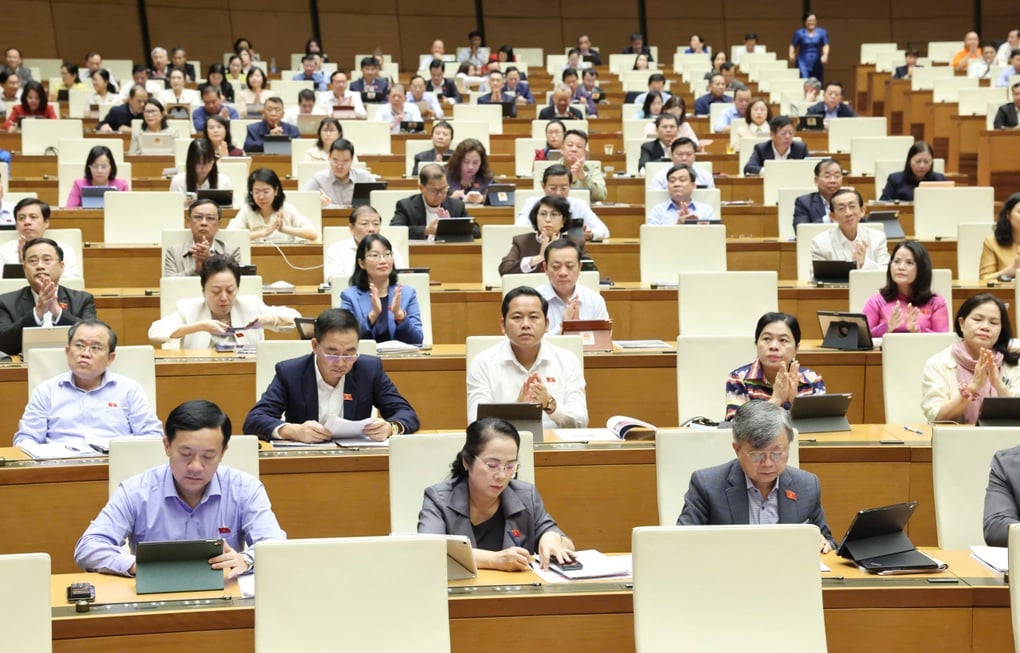
National Assembly deputies at the working session on the morning of November 13 (Photo: Hong Phong).
The National Assembly requested to speed up the implementation of the Lao Cai - Hanoi - Hai Phong railway line, the Hanoi and Ho Chi Minh City urban railway lines; complete the survey and design of regional and international railway lines, some sections of the North - South high-speed railway; invest in developing the road system and expressways connecting regions and areas and with neighboring countries.
Along with that, according to the National Assembly, it is necessary to study and implement phase 2 of Long Thanh International Airport; ensure the construction progress of Gia Binh International Airport; urgently implement the Can Gio international transit port project, Hon Khoai port and a number of other potential seaports.
The National Assembly also oriented the development of energy infrastructure to meet economic growth requirements and ensure the progress of the Ninh Thuan 1 and Ninh Thuan 2 Nuclear Power Plant projects.
To harmonize the relationship between economic development and environmental protection, the National Assembly requested the development of a project to fundamentally handle air pollution in Hanoi and Ho Chi Minh City.
The National Assembly also noted the need to appropriately adjust the roadmap for applying standards and regulations on emissions of road motor vehicles currently in circulation in Vietnam; resolutely handle pollution of rivers and river banks associated with the construction and management of green, clean, beautiful, modern and civilized urban areas.
15 key indicators
1- Strive for a growth rate of gross domestic product (GDP) of 10% or more
2- GDP per capita reaches 5,400-5,500 USD.
3- The proportion of processing and manufacturing industry in GDP reaches about 24.96%
4- Average consumer price index (CPI) growth rate is about 4.5%
5- Average social labor productivity growth rate is about 8.5%
6- The proportion of agricultural labor in the total social labor force is about 25.3%.
7- The rate of workers with degrees and certificates is about 29.5%
8- Unemployment rate in urban areas is below 4%
9- The poverty rate (according to multidimensional poverty standards) decreased by 1-1.5 percentage points.
10- The number of doctors per 10,000 people is about 15.3 doctors.
11- Number of hospital beds per 10,000 people reached 34.7 hospital beds
12- Health insurance participation rate reaches 95.5%
13- The rate of communes meeting new rural standards is at least 15%.
14- The rate of collection and treatment of urban solid waste meeting standards and regulations reaches 95%.
15- The rate of industrial parks and export processing zones in operation with centralized wastewater treatment systems that meet environmental standards is 95%.
Source: https://dantri.com.vn/thoi-su/quoc-hoi-chot-muc-tieu-tang-truong-2-con-so-gdp-dau-nguoi-dat-5500-usd-20251113084630233.htm


![[Photo] General Secretary To Lam visits Long Thanh International Airport Project](https://vphoto.vietnam.vn/thumb/1200x675/vietnam/resource/IMAGE/2025/11/13/1763008564398_vna-potal-tong-bi-thu-to-lam-tham-du-an-cang-hang-khong-quoc-te-long-thanh-8404600-1261-jpg.webp)
![[Photo] Deep sea sand deposits, ancient wooden ship An Bang faces the risk of being buried again](https://vphoto.vietnam.vn/thumb/1200x675/vietnam/resource/IMAGE/2025/11/13/1763033175715_ndo_br_thuyen-1-jpg.webp)




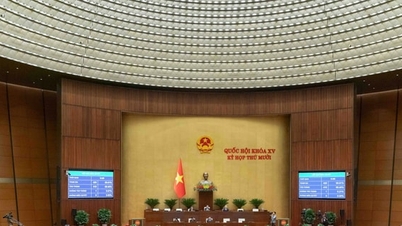

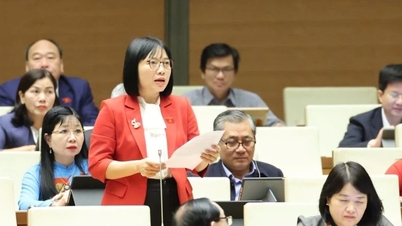












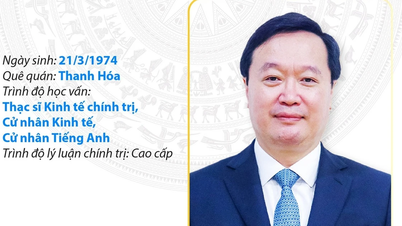


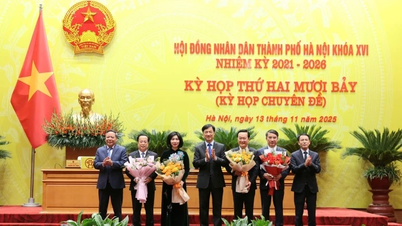








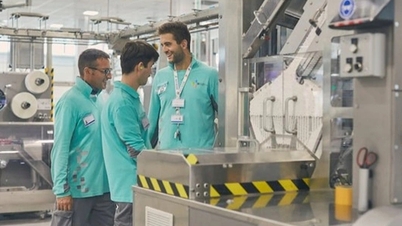



































![[Photo] Panorama of the 2nd Vietnam-Cambodia Border Defense Friendship Exchange](https://vphoto.vietnam.vn/thumb/402x226/vietnam/resource/IMAGE/2025/11/13/1763033233033_image.jpeg)
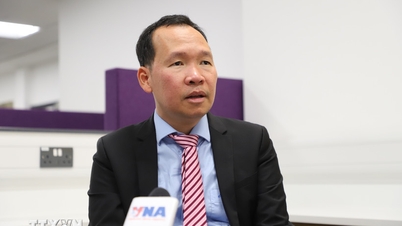
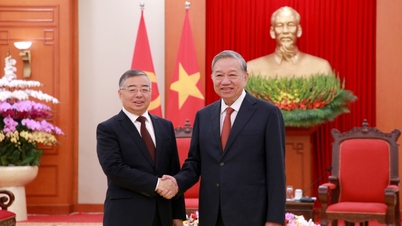





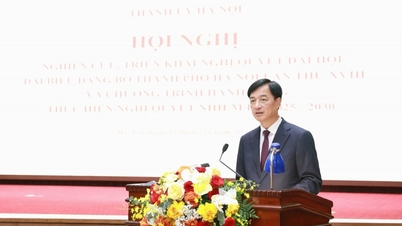
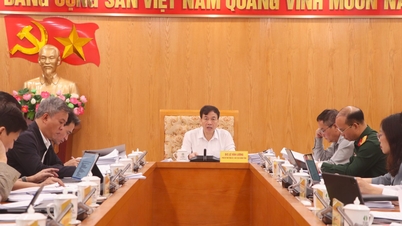


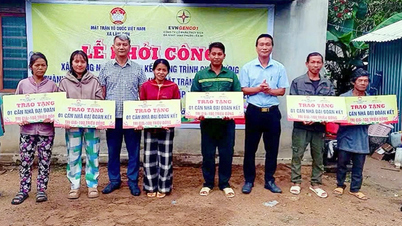


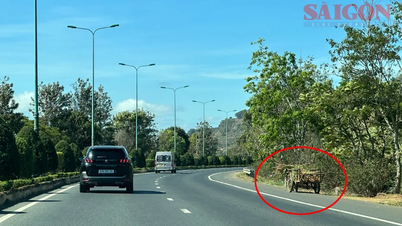

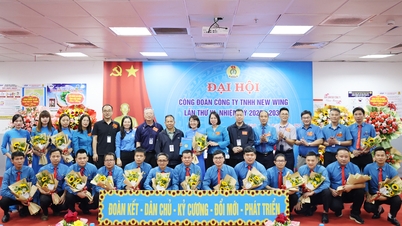





![Dong Nai OCOP transition: [Article 3] Linking tourism with OCOP product consumption](https://vphoto.vietnam.vn/thumb/402x226/vietnam/resource/IMAGE/2025/11/10/1762739199309_1324-2740-7_n-162543_981.jpeg)







Comment (0)